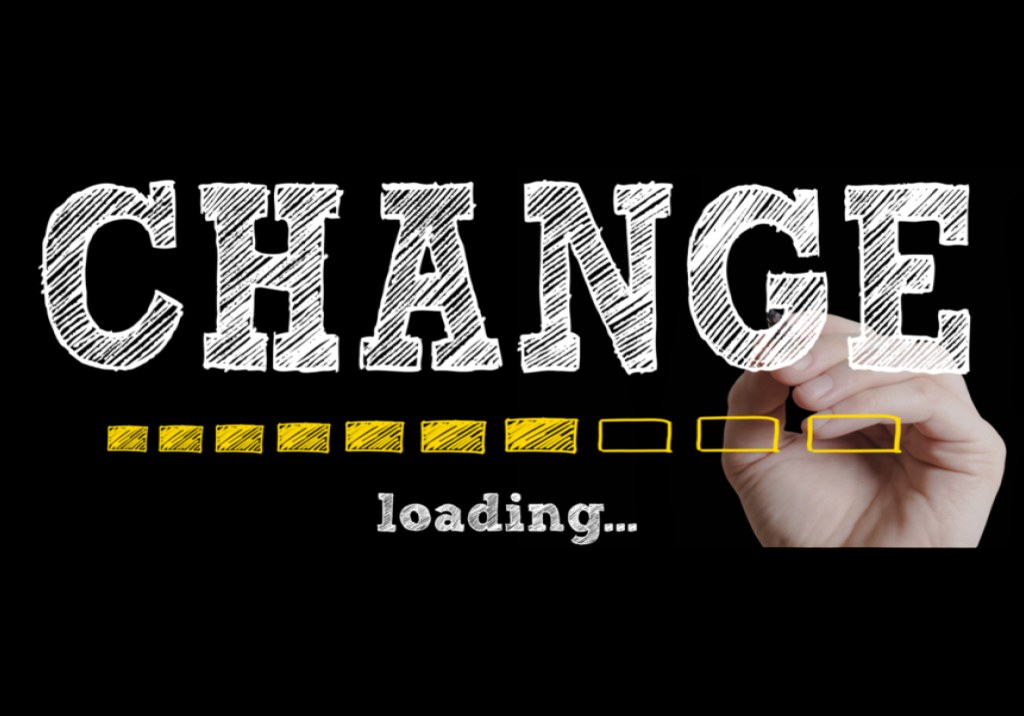The concept of authenticity dates back to the seventeenth and eighteenth centuries when human beings considered themselves as individuals instead of placeholders and cogs in a system of theological and social relations. During this period, the prevalence of autobiographies and self-portraits provides evidence of the emphasis on self over religious institutions. The defining characteristic of this individuality is the focus on individuals in literature and art not due to feats of achievement or special access to resources but of the mere knowledge of he or she as distinct. During the same time, society shifted from being viewed as a whole of influencing components lacking a certain humanity to a collection of individual human beings. Through this, the concept of sincerity (to live honestly in coordination with others with unquestioning obedience) gave birth to authenticity, rooted in being true to oneself first.
To say that something is authentic is to say it is what it professes or is reputed to be. Authenticity has become a catch-all beyond human relations as a pervasive ideal that impacts social and political thinking. One distinctive feature of recent Western intellectual developments has been a shift to the “age of authenticity.”
The practicing authenticity is conflated with a mission of a “woke” generation; it is misunderstood to the point of garnishing eye-rolls in the pursuit of seeming to be more real or relatable. If you need to focus on being more authentic, you’re already in a zero-sum game. Authenticity is not something to practice or curate; authenticity requires uncovering the truth building between you and the outside world. Living more authentically requires considering your needs and the needs of people around you as fundamental and requiring compassion. There is no easy-bake oven for fostering an authentic environment.
While authenticity has become a gold standard for leaders, Harvard Business Review claims a simplistic view or understanding of authenticity can hinder growth and impact among your organization. The author, Herminia Ibarra, goes on to state that “all too often, we tend to latch on to authenticity as an excuse for sticking with what’s comfortable. But few jobs allow us to do that for long.” You see, being authentic considers both the self and the system. While growth can often mimic some form of imitation by emulating leaders who came before, copying leadership styles to generate the same result as someone else could have catastrophic consequences. Plainly put, borrowing methods is vastly different from copying personality traits. Because they’re not yours, to your organization, they appear as wearing a tailored suit for an entirely different body.
"As an individual, being authentic means choosing to act, behave and speak in ways that resonate with what is most true within you."
Cassandra Worthy, Author, CEO & Founder, Change Enthusiasm Global
In a leadership atmosphere of autocratic decision-making, learning to live, act, and lead more authentically can feel like an act of vulnerable bravery. As with most changes, it will take time, and likely feel threatening to start. In the spirit of looking at what it means to lead more authentically, paying homage to three hundred years of development reminds us of the important cause-and-effect relationship: live true to yourself to be true to others.
Authentic leadership considers the relationship between the self and the environment. One can only exist with the other as they continue to inform empirical evidence and learning. Learn from diverse role models and consider how those lessons resonate deeply with you. Even the same lesson, presented through different thought structures and personification, can result in entirely altered delivery and reception. Stretch who you are and want to be by setting new learning goals that push you outside your comfort zone.
Authentic leadership requires significant vulnerability because it involves first considering yourself, your needs, and your truth. Encouraging others to live and operate more authentically requires creating a safe space to explore each of your organization’s individual needs. Change and encouragement of authenticity start at the top. Consider this: each individual is a whole person with nuanced experiences, perspectives, emotions, and visions for the future. When a group of distinguished business leaders and social scientists met to discuss how management could accelerate innovation, they came up with 25 recommendations, one of which was to humanize the language and practice of business. Like a perfectly made stew, it’s worth the time and effort; each ingredient is crucial to the success and diffusion of flavor into every spoonful.
80% of Americans believe successful business leaders can successfully motivate employees who resist change. Organizations that foster authenticity have employees who bring their true and whole selves to work in an environment that thrives on honesty and support. Employees of authentic organizations report feeling more comfortable expressing emotions, less resistant to change, and more engaged, enthusiastic, and motivated. By contrast, cultures of inauthenticity (words and actions not lining up - either within the mission, vision, and goals in practice or through the leadership/management styles) spawn disruption, negativity, distrust, and a lack of passion among employees which ultimately contributes to high turnover volume.
To exercise your authenticity muscle and usher a new wave of support within your organization, try these steps from Change Enthusiasm Global (“CEG”) and the Center for Creative Leadership:
Practice Vulnerability - When change occurs, emotions will run high. Acknowledge the emotions being felt across the organization and by specific individuals. State plainly and sincerely that you are feeling them as well. Share an example of when you recently experienced a similar emotion and how you dealt with it at the moment. Reinforce that you are there to support your team every step of the way.
Be Your Full Self (Demonstrative Practice) - Share the things that spark your curiosity. Wherever your curiosities reside outside the office, strive to find ways to integrate that into your work, sharing it with your colleagues and team. Engaging in an activity or discussion that lights you up can inspire others in ways you might never expect.
Exercise Language and Behavior Continuity (CEG) - Hearing someone say something, then turn around and behave incongruently can be the most frustrating experience, whether in personal or professional environments. Developing trust with yourself and others requires you to align words with actions. If you don’t want to talk about how you’ve acted, this is an excellent cue to make a change.
Rethink Leadership Image - Consider the gap between who you want to present as and the image you are projecting to your organization (your family is an organization, too). Try to let go of narrowly defined limits and expectations of what it means to “lead” and begin to define for yourself and your organizational culture what the image of leadership looks like to you.
Assess and Evaluate - As you establish your awareness and authentic definition of leadership, explore showing vulnerability and align your words with your actions, assess what you have given up for the sake of creating anew. Continue to take stock in aligning to your truth between who you are and who you want to be. Remember, "authentic" is not a destination; it requires commitment and diligent adherence to principles of truth. As the world around you changes, so will the lesson to be learned and your perspective. Keep going.
MORE
INSIGHTS
Newsflash: Culture Change is Slow…and Here’s Why
We’ve heard it time after time: Culture change is slow. But why? Why is culture change so slow?? Understanding this is of critical importance in our work in CEG.
Change Enthusiasm: One Strategy to Nurture Organizational Resilience and Adaptability
A supplemental truth is without critical mass of Change Enthusiasts in a given organization, the few who do quickly adapt to change are heavily leaned upon by leadership.
Anthem of a Change Enthusiast
Our tribe of Change Enthusiasts is growing. And with it comes great intention. Hear from our founder all about the CEG mission.








